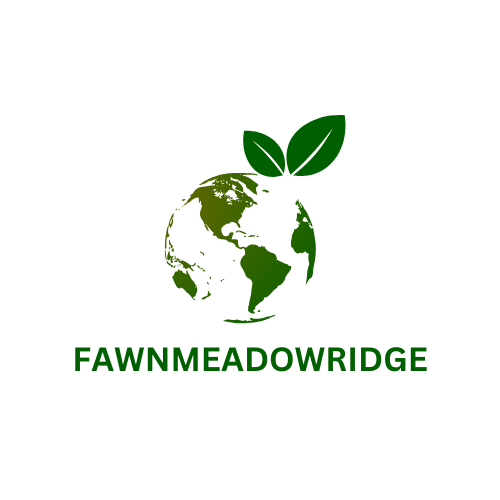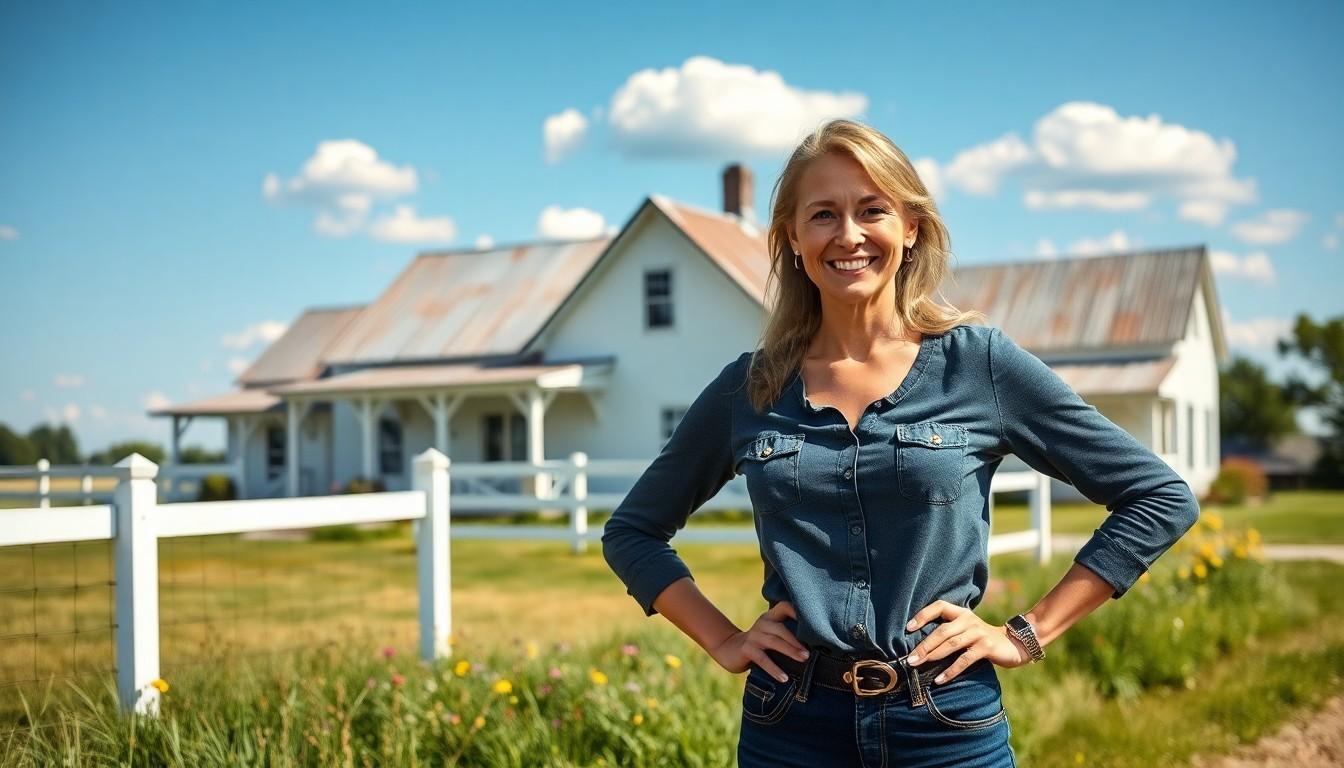Finding financing for properties in rural areas can feel like searching for a needle in a haystack. But fear not! There are options out there that can make your dream of owning a serene countryside home a reality. Whether it’s a charming farmhouse or a cozy cabin, understanding where to look for financing can help you navigate the often bumpy road of rural real estate.
Financing for Properties Located in Rural Areas can be Obtained From The
Various financing options exist for properties in rural areas. Understanding these avenues can simplify the process of obtaining funding for a farmhouse, cabin, or other countryside homes.
Government Programs
Government programs provide tailored financing solutions for rural properties. The USDA Rural Development loan program offers zero down payment options for eligible buyers. This program targets low to moderate-income individuals and families seeking homeownership in rural locales. FHA loans also support rural buyers with lower credit requirements, making home financing more accessible. Local and state initiatives may further assist with grants or subsidized loans. Each of these programs aims to empower buyers by reducing barriers to entry in the rural real estate market.
Private Lenders
Private lenders represent an alternative route for financing rural properties. These lenders often include credit unions and individual investors. Unlike traditional banks, private lending institutions can be more flexible with income and credit score requirements. Some focus explicitly on rural property financing, offering specialized loan products. This flexibility allows borrowers the opportunity to negotiate terms that align with their unique financial situations. Additionally, online lending platforms facilitate connections between borrowers and private investors, streamlining access to capital for rural property purchases.
Types of Financing Available

Various financing options exist for purchasing properties in rural areas, meeting diverse financial needs. Potential buyers can explore traditional mortgages and specialized loan programs tailored for country living.
Traditional Mortgages
Traditional mortgages include conventional loans typically offered by banks and credit unions. These loans often require a down payment, which may range from 3% to 20% of the home’s purchase price. Interest rates on these mortgages fluctuate based on market conditions, impacting monthly payments. Borrowers must maintain a solid credit score, generally above 620, to qualify for favorable terms. Properties must meet specific guidelines, making it essential to verify eligibility before proceeding with a purchase.
USDA Rural Development Loans
USDA Rural Development loans focus on helping low- to moderate-income buyers obtain homes in designated rural areas. These loans feature zero down payment for eligible applicants, reducing initial financial barriers. To qualify, borrowers must meet specific income requirements, typically not exceeding 115% of the area median income. Interest rates on USDA loans remain competitive, enhancing affordability. Additionally, applicants must choose properties located in USDA-approved areas, ensuring compliance with program guidelines.
Eligibility Requirements
Understanding the eligibility requirements for financing properties in rural areas is crucial for potential buyers. These criteria often determine access to various loan programs and dictate borrower qualifications.
Credit Score Criteria
Different financing options feature varying credit score criteria. Generally, a score of 620 qualifies for conventional loans, while USDA loans offer flexibility, accepting scores as low as 580. FHA loans cater to a broader audience, often requiring scores between 500 and 580 for lower down payment options. Lenders assess credit history alongside scores, which influences interest rates and loan terms. Higher scores tend to lead to better financing conditions, making a solid credit profile advantageous for obtaining rural property loans.
Income Limits
Income limits play a significant role in determining eligibility for rural financing. USDA loans, for instance, impose specific income caps based on household size and location, typically set at 115% of the area’s median income. Several programs prioritize low to moderate-income buyers, aiming to increase homeownership rates in rural regions. Borrowers often need to provide documentation of income sources, including pay stubs and tax returns. Meeting these income thresholds is essential for qualifying for loans, as lenders evaluate financial stability alongside property location.
Benefits of Rural Financing
Rural financing offers numerous advantages that cater specifically to buyers in less populated areas. Access to low down payment options significantly eases the burden for first-time homeowners. Programs such as the USDA Rural Development loan provide zero down payment for eligible buyers, making homeownership more attainable.
Lower interest rates are another perk associated with rural financing. By qualifying for programs tailored for rural areas, borrowers often enjoy competitive rates that can lead to substantial savings over the loan term. For buyers with lower credit scores, options like FHA loans allow flexibility and support for obtaining necessary funds.
Local and state initiatives further enhance affordability through grants and subsidized loans. These financial tools often streamline the buying process, helping potential homeowners navigate the complexities unique to rural real estate. Additionally, credit unions and local banks may offer more personalized service compared to conventional lenders.
The variety of financing options available creates opportunities that align with diverse financial situations. Traditional mortgages remain an option for many buyers, but specialized programs address the unique needs of rural living. Both conventional and flexible loan products help ensure buyers can find a suitable financing method.
Benefits also extend to property choices, where lenders may be more willing to finance unconventional properties such as cabins or farms. When purchasing a home in a rural area, it is essential to leverage the distinct advantages of rural financing to secure the best terms and conditions. Understanding these aspects can help buyers make informed decisions and feel confident throughout the buying process.
Financing Landscape for Rural Properties
Navigating the financing landscape for rural properties can seem daunting but it’s entirely achievable. With a range of options from government programs to private lenders and online platforms, aspiring homeowners have numerous avenues to explore. Understanding eligibility requirements and the benefits of each financing type empowers buyers to make informed decisions.
By leveraging available resources and support, individuals can confidently pursue their dream of owning a rural home. The right financing can turn the vision of a farmhouse or cabin into a reality, making the journey toward country living both accessible and rewarding.

